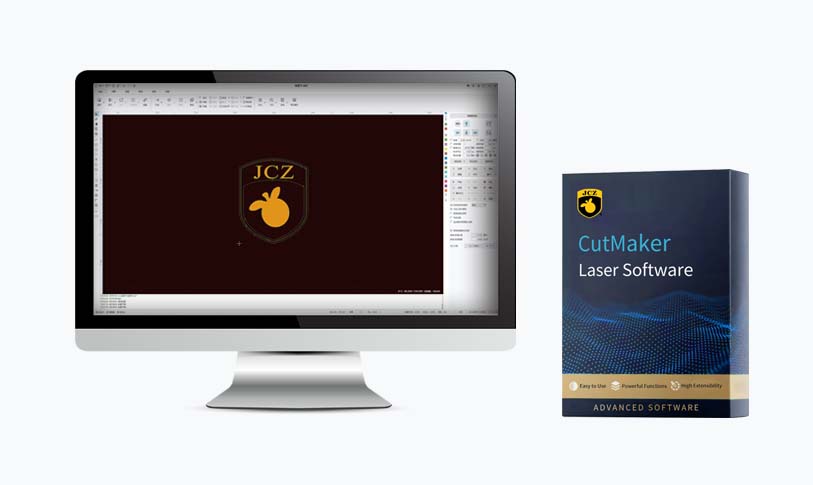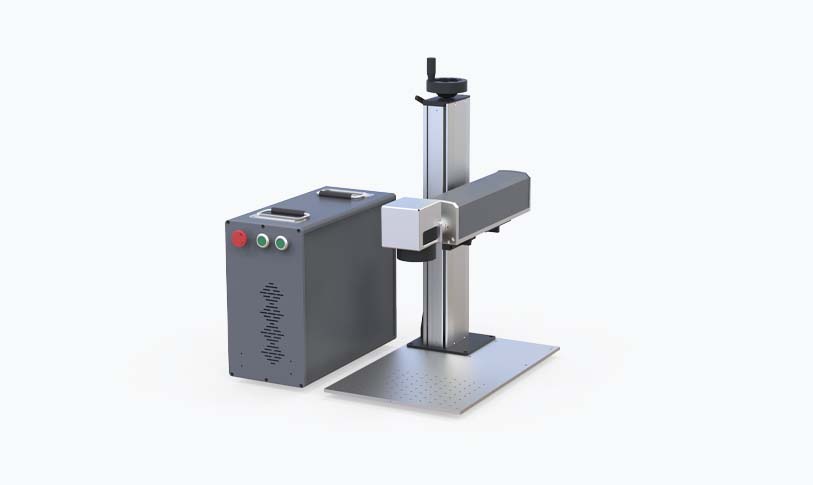[co2 laser controller]The Ultimate Guide to Understanding CO2 Laser Controllers: Functionality, Benefits, and Applications in Modern Manufacturing
****

The Ultimate Guide to Understanding CO2 Laser Controllers: Functionality, Benefits, and Applications in Modern Manufacturing
In recent years, the use of CO2 laser technology has surged in various industries, providing high-precision, efficient, and versatile cutting and engraving solutions. At the heart of this technology lies the CO2 laser controller—a pivotal component that ensures the seamless operation of CO2 laser systems. In this comprehensive guide, we will delve into what CO2 laser controllers are, how they function, their numerous benefits, and their applications in modern manufacturing and beyond.
What Is a CO2 Laser Controller?

The Ultimate Guide to Understanding CO2 Laser Controllers: Functionality, Benefits, and Applications in Modern Manufacturing
A CO2 laser controller is an electronic device that governs the operation of a CO2 laser cutting or engraving machine. It serves as the brain of the system, managing several critical functions, including power output, speed, and movement of the laser head. Essentially, the controller translates user-designed patterns and commands into actionable instructions for the laser machine.
Functionality of CO2 Laser Controllers
One of the primary roles of a CO2 laser controller is to interface with the laser mechanism and other machine components. The controller usually connects to a computer or design software where operators prepare their projects. Once the design is complete, the controller interprets the vector or raster graphics, converting them into a series of movements and operations for the laser.
Key functionalities of CO2 laser controllers include:
1. **Power Control:** The controller adjusts the power output of the laser beam, allowing for precise cuts or engravings depending on the material being processed.
2. **Speed Adjustment:** The speed at which the laser head moves across the material is vital for achieving the desired result. The controller enables operators to tailor speed settings based on material type, thickness, and the intricacies of the design.
3. **Axes Control:** CO2 laser machines typically operate on multiple axes (commonly X, Y, and Z). The controller ensures accurate positioning and movement along these axes, allowing for intricate detailing.
4. **Safety Features:** Advanced CO2 laser controllers incorporate safety mechanisms that prevent overheating and other potential issues that could arise during operation, enhancing the machine’s reliability.
5. **User Interface Integration:** Most modern controllers provide user-friendly interfaces, enabling operators to quickly input designs, select material settings, and adjust parameters without intricate programming knowledge.
Benefits of Using CO2 Laser Controllers

The Ultimate Guide to Understanding CO2 Laser Controllers: Functionality, Benefits, and Applications in Modern Manufacturing
1. **Precision and Accuracy:** CO2 lasers can achieve extremely high levels of precision and detail, making them indispensable tools for industries such as aerospace, automotive, and jewelry design. The controller optimizes accuracy, ensuring that every cut and engraving is as intended.
2. **Material Versatility:** CO2 lasers can work with a wide range of materials, including wood, acrylic, glass, fabric, and certain metals. The flexibility offered by advanced controllers makes it easy to switch between materials and adjust settings accordingly.
3. **Time Efficiency:** Automated control minimizes downtime and increases production speed. Operators can easily set the machine to work autonomously, freeing them to focus on other tasks or projects.
4. **Cost-Effectiveness:** Although investing in a CO2 laser system and its controller can be significant, the long-term savings in labor and material wastage make it a cost-effective solution for many businesses.
Applications in Modern Manufacturing
CO2 laser controllers are widely used in various industries, each benefiting from the technology’s efficiency and precision:
– **Sign Making:** Creating custom signage with intricate designs is a common application. The exact control of the laser allows for different engraving depths and patterns, improving product quality.
– **Textile and Fashion:** In the fashion industry, CO2 lasers are used for cutting fabrics and creating unique designs. The speed and precision provided by the controllers lead to innovative designs that enhance product offerings.
– **Prototyping:** Designers and engineers utilize CO2 laser cutters for rapid prototyping. The ability to quickly iterate on designs and produce samples expedites the development process.
Conclusion
In summary, CO2 laser controllers are integral components of modern laser cutting and engraving systems. Their ability to control laser operations precisely and efficiently has made them invaluable across numerous industries. As technology continues to evolve, we can expect further advancements in CO2 laser controllers, enhancing their capabilities and applications even more. Whether you’re a seasoned professional or a newcomer to the world of laser technology, understanding the significance of CO2 laser controllers can empower you to harness their full potential for your projects.fiber laser machine
